Site menu:
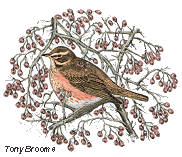
December 2014 Newsletter
Species Spotlight - Cetti's Warbler.
Colour Ring Report.
November Bird News.
Forthcoming Events.
Latest Newsletter.
Species Spotlight - Cetti's Warbler
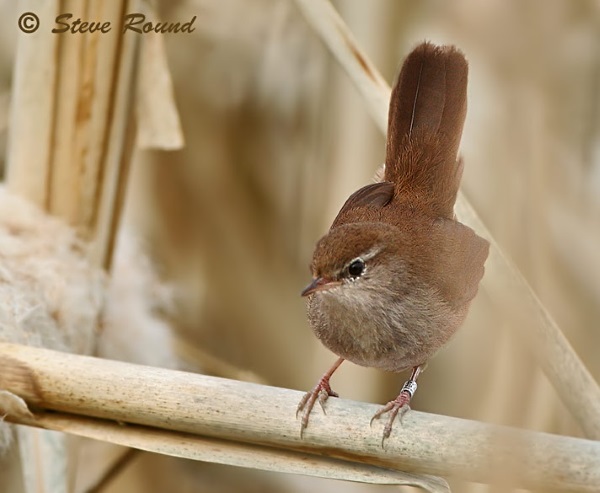
It is 10 years since Steve Williams
wrote "Cetti's Warblers at Neston Reedbed" (Ref 1) and with
the
presence of a couple at Red Rocks over the past few weeks I
thought it was time to give an update on the status of this
species.
Here on the Dee Estuary we live on the far north-west corner of this bush warbler's range, but it is a range which has increased hugely over the past 100 years. Up until the 1920s they were confined to Mediterranean areas but have moved steadily northward ever since. The first bird was recorded in the UK in 1961 with the first confirmed breeding in 1973 and the Rare Birds Breeding Panel (RBBP) data, as shown in the graph below, neatly demonstrates its increase in the UK ever since.
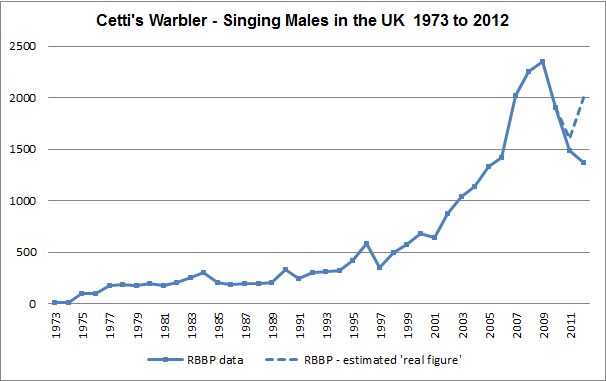
Cetti's Warblers don't migrate so they over-winter in the same general area they breed in and, being small insectivorous birds, are very vulnerable during cold weather. Although the trend in the graph is most definitely upwards every hard winter is followed by a dip in numbers. The recent pronounced dip was the result of the two hard winters in 2009/10 and 2010/11. They seem to have suffered a triple whammy during that period as there were not only two periods of severe cold they also, due to the significant increase in their numbers, suffered from far greater competition for the available food than in previous cold winters. However, it is unclear at the moment exactly how much numbers did decline as this species has recently become prone to under-reporting, especially in Kent where it is estimated there may be as many as 1,000 singing males but less than 100 actually get reported. The dotted line in the graph shows RBBP's estimate of the true figure. Since 2010/11 we have had three mild winters so I would expect numbers to have recovered and may well now be greater than the 2009 peak of 2347 singing males.
This increase in numbers and range is fuelled by the dispersal of young birds as the adults are largely sedentary and it is interesting to note that immigration from the continent still continues with several birds ringed in France and Belgium recovered in this country over the past 10 years or so, but no UK ringed birds have been recovered on the continent.
Despite
the undoubted increase in numbers the BTO Atlas 2007-11
show few
records further north than the Dee Estuary, and they remain a vagrant
in Ireland and Scotland; so we are still on the outer edge of their
range. Since Steve's article was written in 2005 reports of
this
species have increased significantly in the Dee Estuary area,
particularly so since
2009.
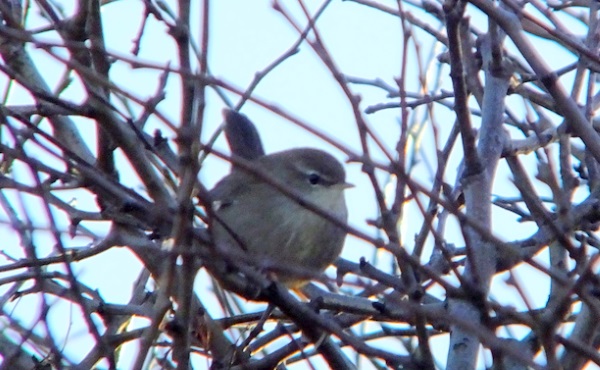
Here is a summary of records since 2005:
2006 One Neston Reedbed 12 days April and May.
2007 No records.
2008 No records.
2009 Four ringed
at Shotton Nature Reserve in last three months of year.
First confirmed breeding in Cheshire (Oxmoor LNR in Mersey
Basin).
2010 One Neston
Reedbed in February. One Parkgate Marsh in December.
Two ringed in Shotton Nature Reserve, one in March one in
October.
2011 First record
of a singing male on the Dee estuary with several reports from
Neston Reedbed in March and April and two singing there on
April 13th and 30th.
One Parkgate Marsh on June 30th.
2012 One Neston
Reedbed from March 29th to June 16th with several reports of song,
with two singing there on May 2nd.
One reported singing at Burton Point on June 26th.
One in fields inland of Neston Reedbed on July 1st and
September 10th.
First record for Red Rocks with one on September 9th.
One or two heard calling at Inner Marsh Farm Reedbed on Nov
15th.
One male Shotwick Rifle Range in May.
26
singing males in Cheshire
and Wirral reported by RBBP (six in 2011, two in 2010).
2013 One was at
Neston during most of the first half of the year with reports of
singing,
two or three were reported there late April and early May.
One at Inner Marsh Farm was singing on March 14th.
One was ringed in Meols during April.
One
was at Neston on two dates in September and October.
2014 One at
Neston on January 22nd.
Two Neston Reedbed in April and July.
One singing at Burton Mere Wetlands on September 11th.
One at
Red Rocks during
October and November with two present there for six days.
Two Neston Reedbed on October 12th.
One at Burton Mere Wetlands during second half of
November.
Ten ringed at Shotton Nature Reserve this year with three
singing males.
The presence of singing males is not proof of breeding and they can sing at any time of year. Nevertheless, Cetti's Warblers are shy birds and proof of breeding is difficult to obtain but their presence during the spring at various sites above must mean that it is very likely that breeding has taken place. They are quite fussy in their habitat requirements, they often use reed beds outside of the breeding season but they need damp, dense scrub to breed in with willow or bramble scrub on the edge of reeds particularly favoured. Red Rocks could be a suitable site if we can persuade Cheshire Wildlife Trust not to eradicate all the scrub there, an outcome by no means certain at the time of writing. Elsewhere in Cheshire they are known to have bred at a total of four sites over the past five years.
References and Sources of Information:1. S.R. Williams, Cetti's Warblers at Neston Reedbed, Dee Estuary Birding Newsletter, June 2005 - see http://www.deeestuary.co.uk/news0605.htm , also published in Birding Northwest (Vol 2 No.3) with a slightly shortened version in Cheshire and Wirral Bird Report 2005 (CAWOS).
2. Holling et al., Rare breeding birds in the UK in 2012, British Birds Vol. 107, 497-570, September 2014.
3. Annual RBBP Reports as published on the Rare Breeding Birds Panel website - see http://www.rbbp.org.uk/.
4. Dee Estuary Birding Website records, with thanks to all who have sent in records.
5. R.A. Robinson et al., Cetti's Warbler Cettia cetti,
analysis of an expanding population: Capsule
Productivity
in the UK Cetti's Warbler population is constant, but overwinter
survival has become increasingly dependent on winter temperatures, Bird
Study 54, 230-235, 2007.
6. Bird Atlas 2007-11, BTO.
7. BTO Migration Atlas, 2002.
8. Birds of the Western Palearctic, BWPi - Interactive version (2003 - 2006).
9. D. Norman, Birds in Cheshire and Wirral (2004 to 2007 Atlas), CAWOS.10. Cheshire and Wirral Bird Reports 2006 to 2012.
11. North-east Wales Bird Reports 2006 to 2012.
Richard Smith
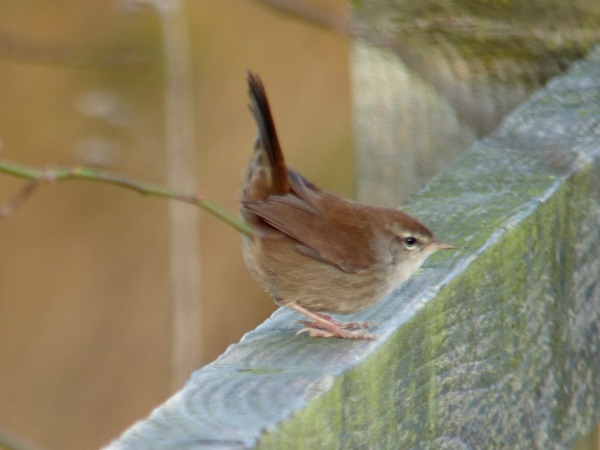
Richard Smith
Top of Page
Colour Ring Report
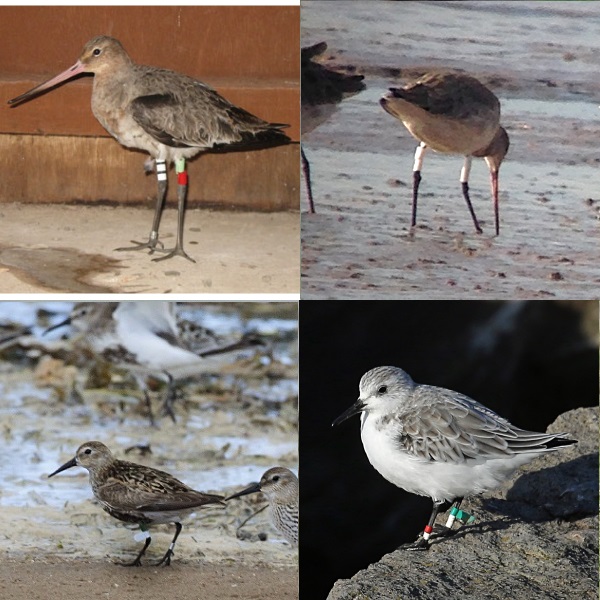
There were a total of 154 colour-ringed Black-tailed Godwits records
from 31 different birds during November. There was a noticeable influx
of birds in the first week and we had six birds new to us plus several
more
which we hadn't seen since 2013, colour-ring records indicate that many
flew over from Frampton Marsh on the Wash and sites
in south-east of England.
We
always look forward to getting feedback from our colour ring sightings,
usually we get it within a few days but, for various reasons, sometimes
it can take much longer and this month I include a Dunlin and a
Black-headed Gull seen in the summer but whose details have only just
been received.
Black-tailed Godwits
Details of the two godwits shown in the photographs plus one of four 'Z' birds we saw in November.LR-W= ringed in Cork Harbour, Ireland, with three other birds on April 3rd 2013.
Recorded on Thurstaston Shore on October 30th 2014. This was the first record since it was ringed.
WW-WW ringed on the Wash as an adult on August 13th 2010.
Recorded at Gilroy Nature Park on November 2nd 2014 and on Thurstaston Shore on November 3rd, 4th and 5th.
It was seen in Iceland on April 22nd 2012.
Recorded on Frampton Marsh, the Wash, on July 28th and 30th 2014.
No other records.
RL-LZ (Z on an orange ring) ringed in Iceland on July 4th 2013 as an adult male.
Recorded on Thurstaston Shore on November 8th 2014.
It's first sighting after being ringed was also at Thurstaston Shore on November 22nd 2013.
The following February and April, up to the 18th, was spent on the Stour Estuary in Suffolk. The next sighting was on Frampton Marsh on July 11th 2014 and it stayed there until September 8th.
Dunlin
GWflag (left leg) Ringed at Urdaibai Reserve near Bilbao, Spain, on April 26th 2014.Recorded on Hoylake Shore on August 12th 2014.
Remarkably this was one of four Spanish ringed Dunlins seen at Hilbre and Hoylake over a period of two days in August, we have never seen any before or since (yet).
Sanderling
G4RWWW. Ringed on May 5th 2009 on a beach near Reykjavik airport, Iceland, during spring migration.Recorded on Hoylake Shore on November 6th and 8th 2014, and photographed on the groyne near Dove Point, Meols, on November 24th 2014.
Remarkably this bird has been seen back on the same beach near Reyjavik airport during spring migration in 2010, 2011, 2012 and 2013.
It was seen and photographed at Leasowe in January 2010 then recorded at Hoylake in October 2012, January 2013, February 2013, November 2013 and January 2014. It was recorded on Formby Beach on February 17th 2014.
Knot
Yflag (with letters LCX) - R. (Y flag left leg, red ring right leg) Ringed on May 26th 2009 in Porsanger Fjord, north Norway, during spring migration.Recorded on Hoylake Shore on November 6th and 8th 2014.
Seen at Porsanger Fjord, north Norway on May 23rd 2014.
Matt Thomas saw this bird this year at both Porsanger and Hoylake. In his visit to Porsanger in May he and his team recorded 305 colour ringed Knot which use the fjord as a staging area before moving to Greenland and Canada to breed.
Black-headed Gull
J40K black letters on white ring, right leg. Ringed near Kristiansand, Norway, on March 11th 2004.Recorded at New Brighton on July 30th 2014.
First record after ringing was at New Brighton in January 2005 and it was at West Kirby in early March 2005. After returning to New Brighton in January 2006 it wasn't recorded anywhere until November 2013, again at New Brighton.
Richard Smith and Matt Thomas.
Colour-ringed birds were also recorded by Steve Hinde, Richard Beckett, Kenny McKniffe, John Jakeman, Allan Hitchmough, Roy Lowry and Charles Farnell.
November Bird News
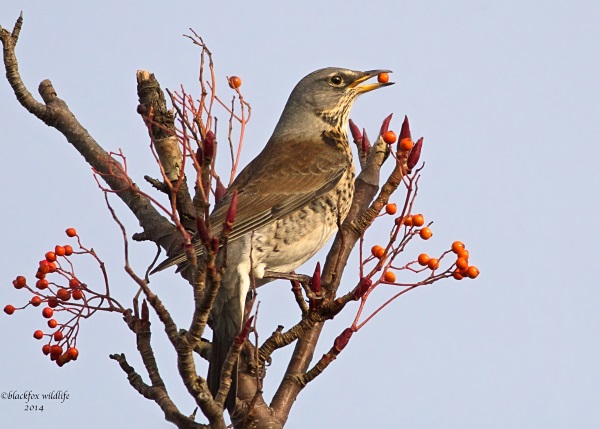
Given prolonged southerly winds and mild weather two single Swallows during the month perhaps weren't the big surprise you might expect as such late birds have occurred annually this century in Cheshire and Wirral. They are always single birds which quickly fly through and it would be intriguing to know where they come from. Another late migrant was a Curlew Sandpiper at Burton Mere Wetlands on the 26th and three Gannets off Hilbre on the 4th were late, but not particularly unusual. A Little Stint at Heswall on the 4th was a good record for that site.
Apart from the Cetti's Warblers already
mentioned in the above article rarities included a Siberian Warbler
near Leasowe Lighthouse on the 3rd and 4th, a Velvet Scoter past Hilbre
on the 6th and a Barred Warbler in West Kirby on the 9th. Cattle Egrets
are still rarities of course, despite one seemingly taking up residence
at Burton Mere Wetlands for the past three months. Two Great White
Egrets have been regular on the marshes through the month and have been
seen flying together to the roost. Early in the month a Pomarine Skua
flew past Hilbre and then a different bird had to be rescued and taken
to the vets a few days later.
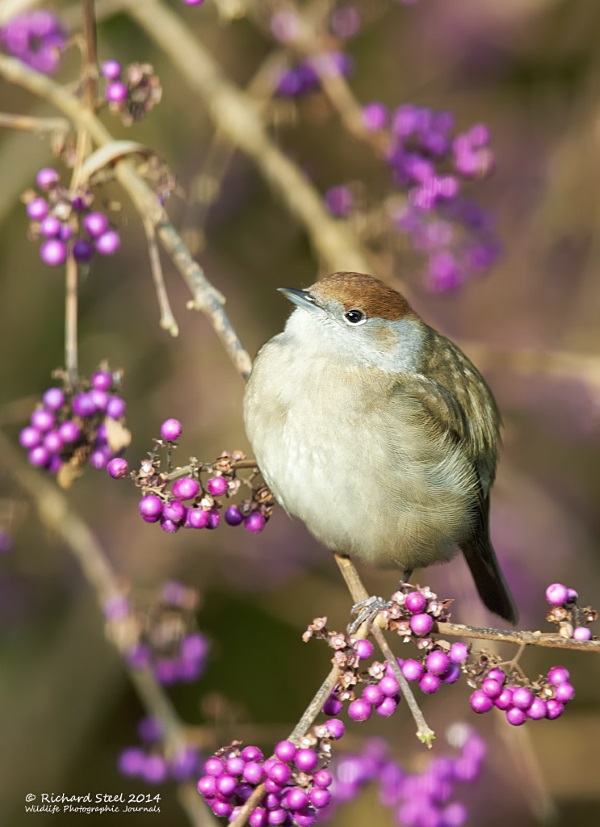
We've had both Hen Harriers and Marsh Harriers on the marshes, probably three of each but only two of each species have been seen together. Lots of small flocks of Pink-footed Geese have been flying around but I wouldn't like to guess how many in total there are out on the marsh, we should find out on the next big tide. Short-eared Owls have been largely absent so far this winter but one was watched flying low over the sea off Leasowe Lighthouse for 45 minutes on the 25th before flying west.
Good numbers of Black-tailed Godwits were off Thurstaston all month with a max count of 1,825 on the 9th but the estuary total will probably have been at least double that. Despite the mild weather wader numbers generally haven't been bad with max of 14,000 Dunlin (8th), 1,000 Sandering (8th) and 1,185 Bar-tailed Godwits (11th), all at Hoylake, and 15,000 Knot at West Kirby on the 28th.
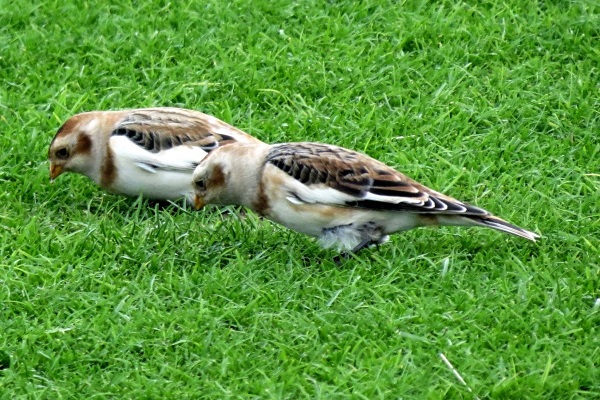
Light southerly winds have meant we have been able to get some high counts of birds on the calm sea including 176 Red-throated Divers, 346 Great Crested Grebes and 2,000 Common Scoters.
The most reliable site to see Twites in our area is at Connah's Quay Reserve and numbers built up to at least 115 through the month and there was also a small flock at Gronant, much more unusual were 20 seen to fly into the marsh at Red Rocks on the 10th. Two Snow Buntings spent several days on the embankment next to Leasowe Castle Hotel and two more turned up on Gronant Beach at the end of the month.
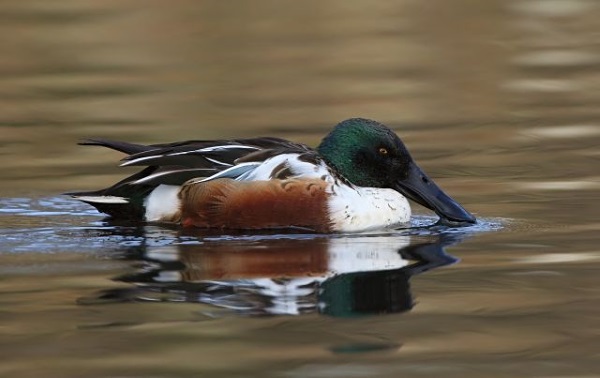
Richard Smith.
What to expect in December
Large numbers of Pink-footed Geese on the marshes is now becoming the norm but it would be very interesting to see just how many come here if the fields in Lancashire and Norfolk are covered in snow. It is with some pride that I, and my two fellow wardens on the day, still hold the record for the largest count of Brent Geese on the Dee estuary with 262 at West Kirby on December 28th 2012. Since then numbers have plateaued out usually peaking between 200 and 250 but sooner or later that record will be broken, low tide at Hilbre or high tide at West Kirby are the best places to see them.
The pontoon on New Brighton Marine Lake has become an important roost for waders particularly during a spring tide when the wind blows the waves onto the rocks along the seafront. I would expect that during the high tides at the end of the month we would expect to see over 20 Purple Sandpipers as well as hundreds of Redshanks and Turnstones, we've also seen scarcer species there in the past including a Little Stint and a Greenshank.
Short-eared Owls have been absent from the marshes so far this winter, presumably the very high tides last December and January devastated the rodent population. But even in a poor winter for them there are usually a few in the roost by Cottage Lane, Gayton, and you will see them if the marsh gets covered by the tide. Two or three Hen Harriers seem to be over wintering and hopefully the two Marsh Harriers seen in November will also stay.
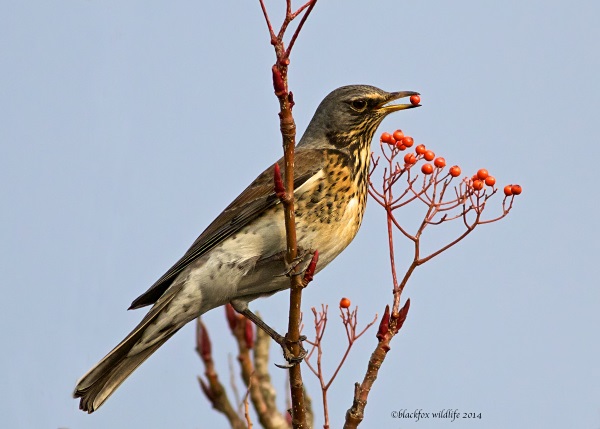
Top of Page
Forthcoming Events
December Highest Spring Tides (Liverpool)
Also
see Tides
page.
23rd December, 11.42hrs (GMT), 9.7m.
24th December, 12.27hrs (GMT), 9.8m.
25th December, 13.13hrs (GMT), 9.8m.
Forthcoming Events
Organised by the Wirral
Ranger Service , Flintshire
Countryside Service and the
RSPB (Dee Estuary):
All these events and walks have bird interest, even those not
advertised specifically for birdwatching. No need to book for these
events unless specified - please check below.
Also see 2014 Events Diary.
12noon - dusk
Price: Free
Most people have never seen a hen harrier, but once seen it is rarely forgotten. In support of the RSPB's Skydancer project, we are pleased to bring you a series of events to showcase these enigmatic birds of prey which use the marshes of the Dee Estuary as their home for the winter months.
The name "Skydancer" comes from the aerobatic displays that the male birds perform in their courtship ritual on the moors in the spring. Sadly, this has become an increasingly rare sight and they are close to becoming extinct as a breeding species in England.
This could be the last chance to see Skydancers on the Dee, so come along to Parkgate to find out more about the hen harrier story and what you can do to help save them before it's too late! Look for the RSPB marquee along the main promenade at Parkgate, where friendly staff and volunteers will be on hand with telescopes and binoculars to show you these beautiful, agile birds hunting over the marsh, and coming in to roost there at dusk. Plenty of family activities and other RSPB information will be available.
For more information on the RSPB's Skydancer project, visit
http://www.rspb.org.uk/skydancer/
Directions: The "Donkey Stand" opposite Nicholls Ice-cream shop on The Parade (B5135), Parkgate, Cheshire.
Saturday 3rd January,
9.30am – 11.30am, Birdwatching for Beginners at Thurstaston.
Did you get a bird book for Christmas? A pair of binoculars maybe? If
you are interested in birds and want to learn a little about how to
birdwatch then come along to Wirral Country Park for a guided walk with
useful hints and tips on bird identification and fieldcraft. We will be
learning “on the job” as we walk around some great birding hot spots.
Bring binoculars if you have them.
Waterproofs and boots recommended.
All children must be accompanied at all times.
Booking essential: 0151 648 4371
8 am-10 am
Price: Adult £8; RSPB member £6; children half adult prices
Booking essential please ring 0151 353 8478.
Join us on this exclusive early morning, behind-the-scenes walk to get closer to the managed farmland parts of the reserve that are essential for supporting many birds through the cold winter months.
Large flocks of small farmland birds - particularly linnets and other finches - feed on our bird cover crop, which in turn attracts merlin, sparrowhawk and hen harriers to hunt. The wet grassland and barley stubble offer excellent natural grazing for the geese and swans spending the winter on the estuary.
Please note this event is weather-dependent. A cold, hard winter will push more birds to the west coast, so we'll keep our fingers crossed!
Wear wellies and warm, waterproof clothing, and bring binoculars if you have them. Price includes a hot drink and snack in the Reception Hide afterwards. Advanced booking and payment are essential.